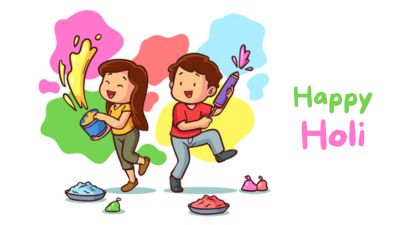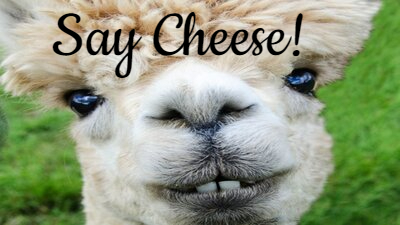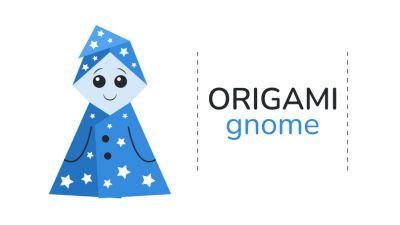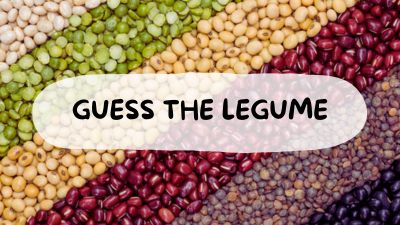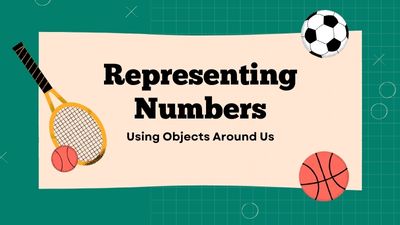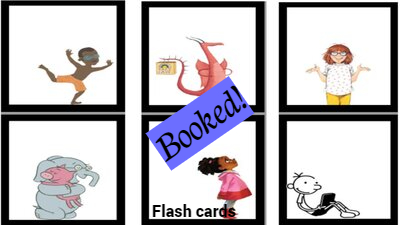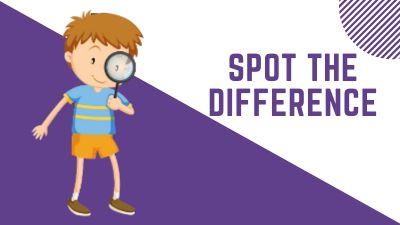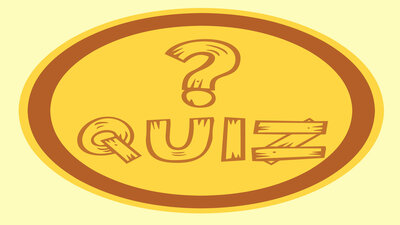
Have you noticed that the winter’s chill has been on the wane? Spring is almost here and what better way to celebrate than with a burst of colour?
That’s right; we’re talking about Holi (March 25). Also known as Vasant Mahotsav, the festival falls on the day after the Full Moon. People celebrate by throwing coloured powder or coloured water on others and enjoying the gujiya, puran poli, malpua, dahi balle, and, of course, the famous thandai.
Mythical connect
The day before the festival is known as Holika Dahan. Mythology has it that the Asura king Hiranyakashipu’s son Prahlad was devoted to Lord Vishnu. The enraged king made many attempts to wean Prahlad away from his worship. When nothing worked, Hiranyakashipu decided to kill the boy. His sister, Holika, was invulnerable to fire. So, he asked her to sit on a burning pyre with her nephew on her lap. But, with Prahlad chanting Vishnu’s name, he emerged unscathed and Holika was burnt to death. Thus Holi also symbolises the victory of good over evil.
In some parts of Uttar Pradesh, the actual festivities begin a week earlier. The story is that Lord Krishna, jealous of Radha’s fair complexion, smeared coloured powder on her and was then chased with sticks back to his village. The Radha Rani temple at Barsana hosts the Laatmar Holi, which begins here and moves to Nandgaon.
While Holi is mostly fun, it can get out of hand as well. When spreading the colour, remember to be respectful of others’ feelings. If someone doesn’t like it, don’t smear or drench them with colours. Also keep your pets safe at home and do not throw colours on street animals, as it can harm them.

Safe play
Oil your hair and skin before you start.
Wear clothes that cover as much of your skin as possible to avoid any allergic reactions.
Wash off as much of the colours as possible outdoors to avoid stains inside the house.
Use organic and natural colours to avoid skin irritation.
Wear goggles so that the colours don’t get into your eyes.

Make your own natural colours
Yellow: Mix two parts turmeric powder with one part rice flour. Mix well and sieve. Dissolve in water for yellow liquid.
Red: Mix turmeric powder with lemon juice and put in a dark room with enough ventilation for it to dry. For red water, boil pomegranate seeds in water. Cool and use.
Pink: Adjust the proportion of turmeric powder and lemon juice and follow the steps above for the powder. For pink water, boil beetroot slices in water. Cool and use.
Green: Make a mix of henna powder and rice flour. Sieve and use. Remember, if this mixes with water, it will leave stains on the skin and clothes.
Orange: Dry the petals of the gulmohar or Flame of the Forest and grind them to a powder. Mix it with rice flour. Sieve and use.
Puzzle for you! Can you solve this jigsaw?
